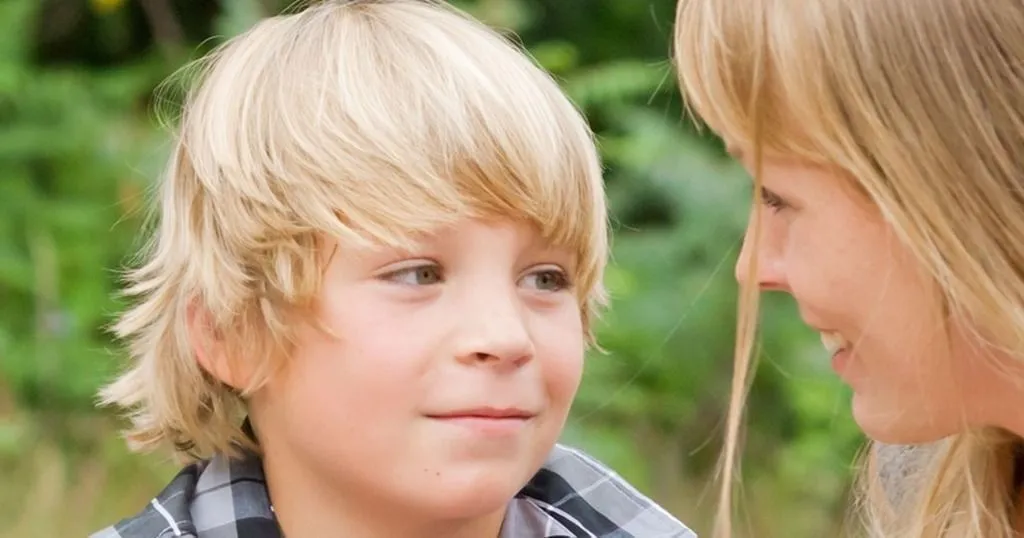Predicting behavior from non-verbal communication
Suppose a darts player is ready to throw a dart while showing a smile on his face. Would he hit the attempted number of points as opposed to missing the shot if he looked grumpy? Research has been done to figure this out.
Posted by
Published on
Mon 06 Dec. 2021
Topics
| Action Units | Communication | FaceReader | Measure Emotions | Sport | Facial Expression Analysis |

In several blog posts that I’ve written, an important topic is communication. Let me highlight a few sentences from those posts to illustrate that:
- The face is probably the first thing we look at when we meet each other. One of the social functions of a face is communicating non-verbally.
- It is very natural to look at someone's face when we have a conversation. Often, we do this without thinking, unconsciously.
- Human beings are sociable creatures, and we have developed many ways to communicate our messages, thoughts, and feelings with others.
Communicating is a natural behavior and everyone shows this behavior. One cannot not communicate, we exchange information with each other almost continuously.
Verbal and non-verbal communication
We distinguish verbal communication, which involves communicating with words, and non-verbal communication, which involves communicating with body language. The latter includes facial, vocal, and postural expressions, as well as touch, proximity, and gaze. We use non-verbal communication to inform other people how we feel and are likely to behave.
Predicting behavior from non-verbal behavior
It is very useful to know in advance how someone is going to behave. An important cue for this appears to be non-verbal behavior. This can be very convenient when you are playing games, for example. You would then be able to see what the opponent's next move would be. Unless, of course, someone shows a good poker face.
Suppose a darts player is ready to throw a dart while showing a smile on his face. Would he hit the attempted number of points as opposed to missing the shot if he looked grumpy? Research has been done to figure this out.
Observing differences in non-verbal behavior
The team of Philip Furley wanted to find out whether it is possible to determine differences in non-verbal behavior as a function of good and poor performance. For this, they used thin-slices rating.
Thin slicing describes the ability to find patterns in events based on only “thin slices”, or narrow windows, of experience. In just a fraction of a second, observers make inferences about the state, characteristics, or details of an individual or situation with minimal amounts of information [source].
Instead of lengthy video clips, the researchers used brief clips with an average duration of only 4 seconds. This way, they captured the very first impression.
Using facial expressions analysis to predict dart player’s performance
For the study, observers watched televised video recordings of the first two rounds of the 2017 PDC World Darts Championship. Two performance categories for each dart player were screened:
- High-performance category with possible scoring range of 103-180: two big triples (17-20 points) and at least a single (1-20 and 25) or better.
- Low-performance category with a scoring range of 0 to 75: only single scores or no scores.
All video clips were analyzed with FaceReader. The intensities of Action Units, emotional facial expressions, valence and arousal were measured.
Besides, the preparation time of the three individual darts that make up a throw were computed. The starting point of every video was determined as the first frame in which the player made a clear upwards movement with the to-be-thrown dart in his throwing hand.
A throwing sequence ending point was determined as the last frame before the dart left the hand. All three pre-performance throwing sequences of a throw were merged together to one video clip.
FREE WHITE PAPER: FaceReader methodology
Download the free FaceReader methodology note to learn more about facial expression analysis theory.
- How FaceReader works
- More about the calibration
- Insight in quality of analysis & output
The observers were asked after each shown video clip to estimate the score of the throw (all three darts together as this is how it is scored in competition) based on the pre-performance non-verbal behavior of the dart player.
Therefore, a digital slider bar was available with a 180 points scale, where the left pole represented 0 points (the poorest possible performance) and the right pole represented 180 points (highest possible performance).
Using facial expressions to create positive impressions
The research team found that observers were able to correctly differentiate high and low performance of individual dart players based on short glimpses of preparatory non-verbal behavior. Besides, the pre-performance preparation time, the expressions neutral and sad, as well as arousal correlated to subsequent performance. From all these cues, the performance of a professional dart player can be derived.
However, the researchers mention that all of these correlations are small and only explain small proportions of variance. Also, they were limited to the use of broadcasted footage for television, which might not show all the pre-preparation time the dart player actually took.
It can be interesting for applied research to investigate the possibility if athletes can deliberately use certain facial expression to create favorable impressions in observers like opponents or spectators.
References
- Furley, P. (2021). The nature and culture of nonverbal behavior in sports: theory, methodology, and a review of the literature. International Review of Sport and Exercise Psychology, https://doi.org/10.1080/1750984X.2021.1894594
- Furley, P., Klingner, F. & Memmert, D. (2021). Nonverbal pre-performance expressions of professional darts players distinguish between good and poor performance. Scientific Reports, 11, 20147. https://doi.org/10.1038/s41598-021-99729-4
- Thin slices of behavior
Related Posts

Become and stay aware about children with autism

Systematic behavioral observation – two coding scales
